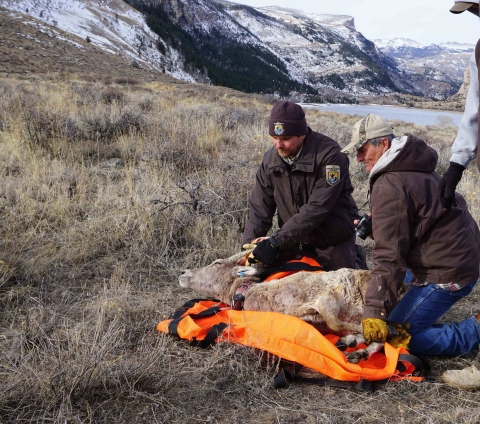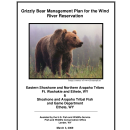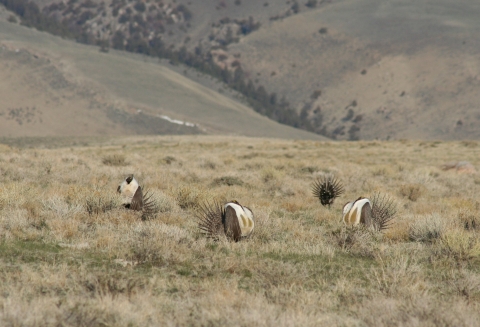What We Do
To meet our mission of assisting the Tribes with sensible fish and wildlife conservation we perform the following activities:
Managing populations of wildlife, native fish and stocked fish
Devising sustainable fishing and hunting seasons
Protecting and restoring sagebrush sagebrush
The western United States’ sagebrush country encompasses over 175 million acres of public and private lands. The sagebrush landscape provides many benefits to our rural economies and communities, and it serves as crucial habitat for a diversity of wildlife, including the iconic greater sage-grouse and over 350 other species.
Learn more about sagebrush uplands, streams, wetlands and riparian riparian
Definition of riparian habitat or riparian areas.
Learn more about riparian habitatCapturing and marking fish and wildlife for study and transplants
Surveying and monitoring wildlife using planes, helicopters, and radio-telemetry
Stocking fish
Creating fish passage fish passage
Fish passage is the ability of fish or other aquatic species to move freely throughout their life to find food, reproduce, and complete their natural migration cycles. Millions of barriers to fish passage across the country are fragmenting habitat and leading to species declines. The U.S. Fish and Wildlife Service's National Fish Passage Program is working to reconnect watersheds to benefit both wildlife and people.
Learn more about fish passage by removing fish barriers like irrigation dams and constructing fish ladders that allow fish to stair-step pass an existing damProviding outreach and education to youth and adults
Big game habitat monitoring and restoration.
In stream flow negotiations for fish and wildlife.
Fishery Management Consultation on National Wildlife Refuges.




